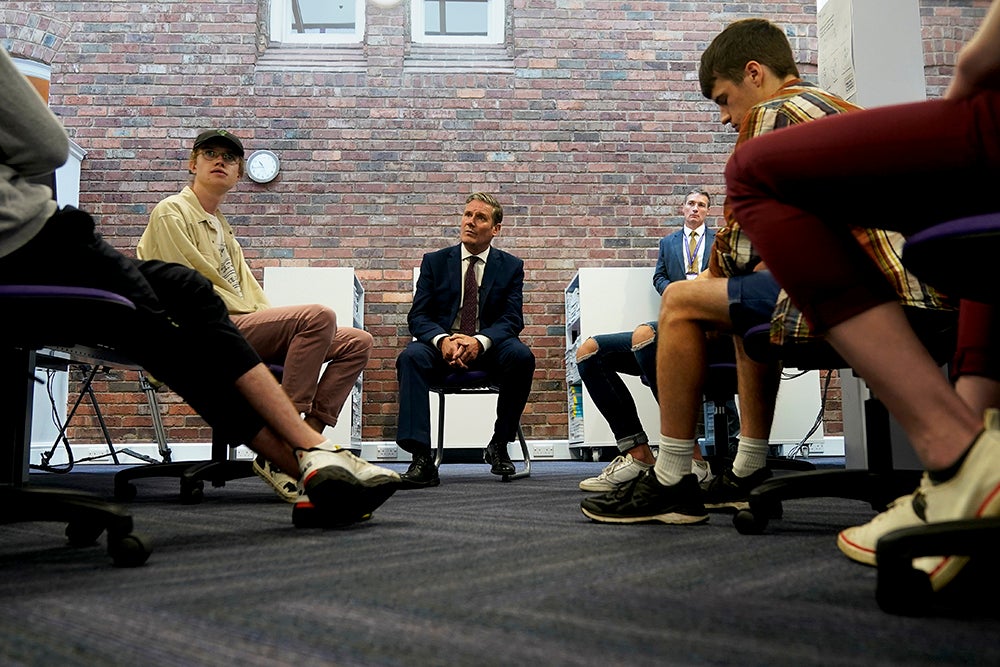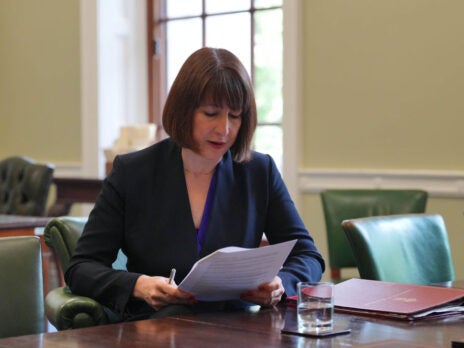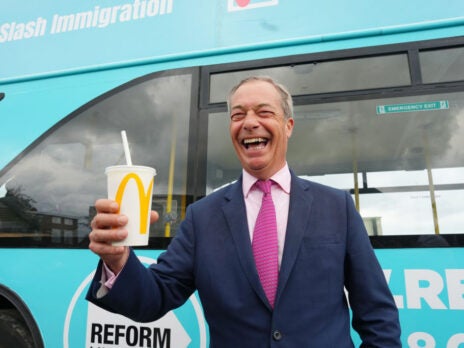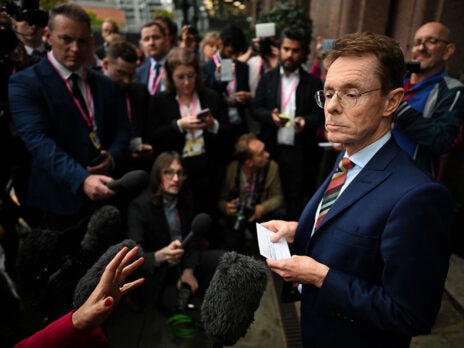
Britain’s young people have long been a coveted group of voters. Campaigns of the left forever clamour to get them out to vote, convinced that in large enough numbers they could overturn any Conservative majority in any seat. I recall the maps put about by Election Maps UK and co – “here’s how the UK would vote if only young people could vote.” They feed stereotypes – overhyped stereotypes, in my view, and I want to take this opportunity to explain why.
The first thing you need to know about youth turnout is it’s suboptimal. The politically engaged young make up 47 per cent of their demographic, leaving 53 per cent in the dark. This is below the engagement of older Britons. But the key thing about the young people who vote is that they are quite unrepresentative of the young people who don’t.
Ipsos UK has sought to estimate turnout by demographic, and has been able to go as detailed as age plus education. Young(er) people (those aged 18-34) with a degree-based qualification are most likely to vote at elections: 62 per cent of them did so in the 2019 election. But among 18-34-year-olds with no qualifications, just 37 per cent turned out. That’s a gap of 25 percentage points.
Compared with those over the age of 55, the gap is especially significant. A huge 80 per cent of degree-holding older Britons turned out at the 2019 election, compared with 64 per cent of those with no degree – a gap of only 16 percentage points. If you wanted to talk to the types of young people who aren’t voting, it’d be no good spending all your time campaigning in uni halls.
That isn’t even half the story. Let’s take these Ipsos numbers at face value, and apply them to a similar age bracket (16-34-year-olds – the 2021 census data doesn’t allow me to exclude those aged 16 and 17) across England. It suggests there are at least 1.9 million young Britons living in England with a degree that aren’t voting, and another 1.9 million young Britons without any qualifications that aren’t voting.
Those with some qualifications – apprenticeships, A-levels or GCSEs, for example – trump both. The “some qualifications” phalanx of young non-voters numbers 3.7 million.
Hone in on just 25-34-year-olds, excluding those aged 16-24 (in case, perhaps, the addition of 16- and 17-year-olds to the above pool is skewing things), and degree holders make up 42 per cent of the non-voting pool.
The young voters group is overwhelmingly degree-heavy, at 3.1 million compared to 1.5 million. Maximise youth turnout, however, and it won’t stay that way. In maximising youth turnout you would not be getting more of the same type of voter. And though, in 2019, Labour convincingly led among all subsets of the voting young, it was among those without qualifications that their lead was lowest.
The benefits of increasing youth turnout for parties on the left are not guaranteed, and from the data already available, it would probably be a case of diminishing returns. Those in need of turning out at the ballot box are more likely to be school-leavers than your long-lost uni ex. It’s high time as campaigners and commentators we took proper notice of them.
[See also: How is anyone surprised that millennials aren't turning Tory?]


